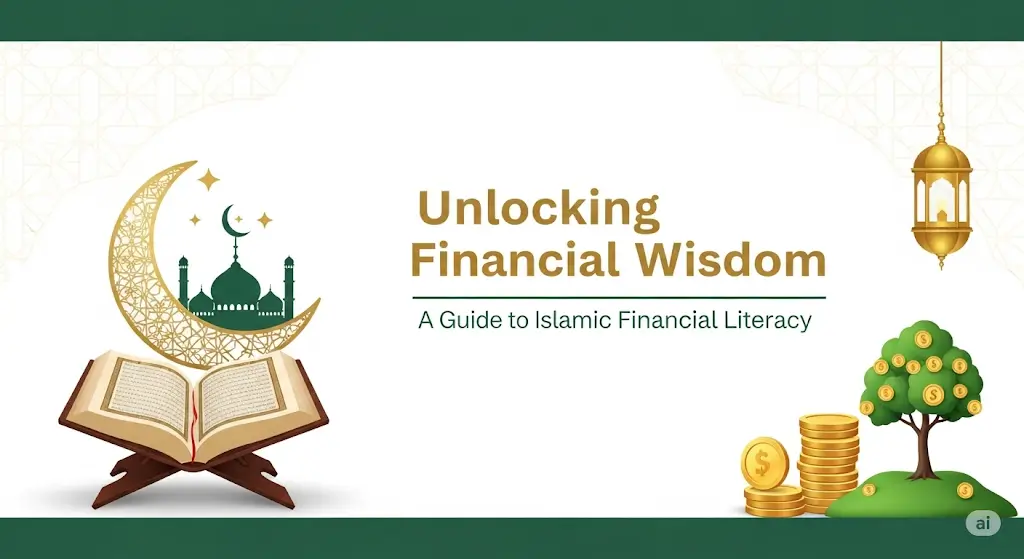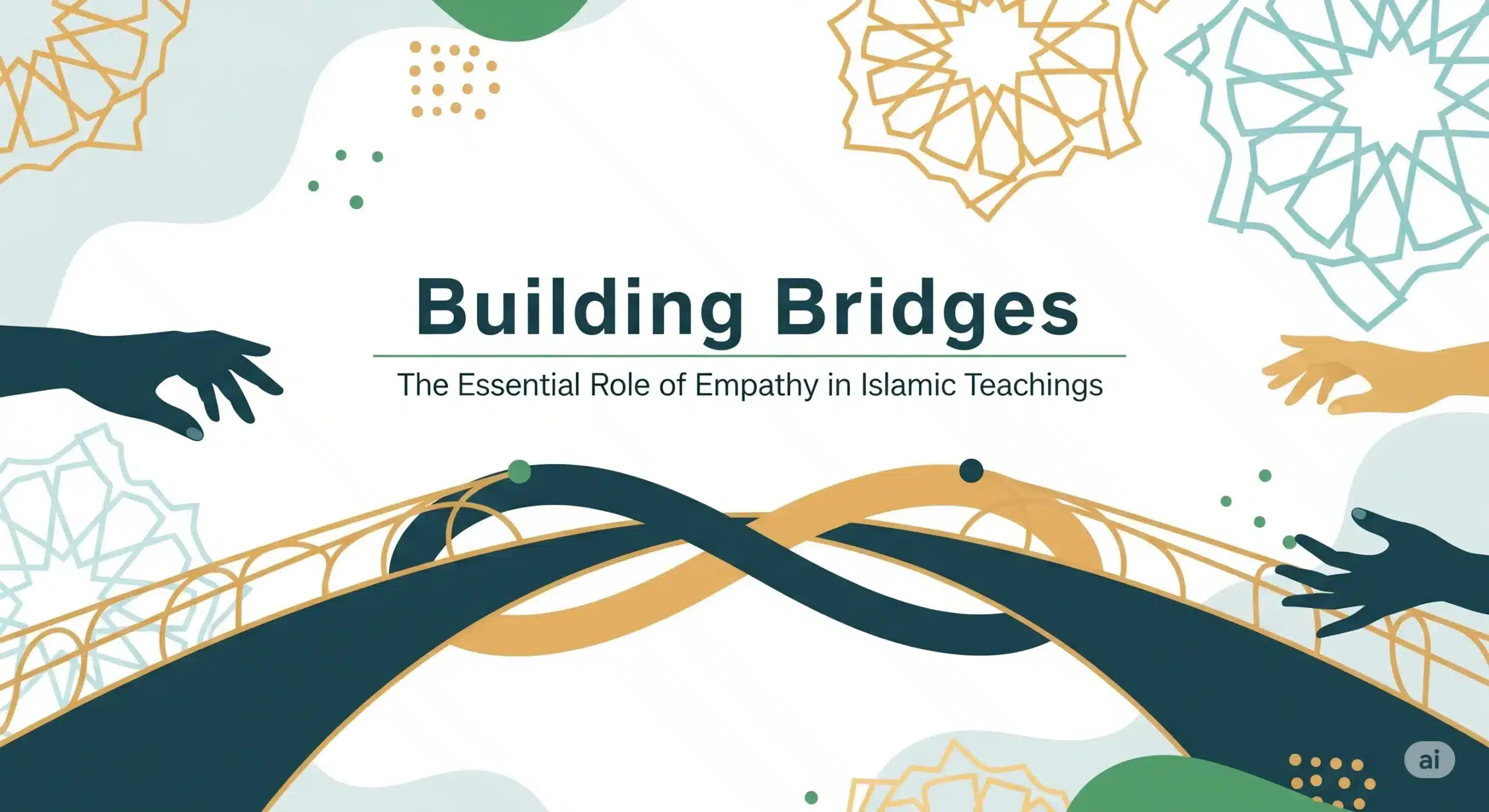From the earliest revelations in Makkah to the comprehensive legal codes of the Madinan period, Islamic charity has never been an optional add-on; it is the thread that weaves together personal spirituality and communal justice. When the Prophet Muhammad ﷺ was asked what Islam is, he replied, “It is to worship Allah as though you see Him, to establish prayer, to pay the poor-due (Zakat), and to offer hospitality to the guest.” In that single answer, charity occupies two of the four pillars named. Today, in a world where inequality widens and humanitarian crises multiply, the twin concepts of Zakat and Sadaqah remain as urgently relevant as ever. They are not only acts of mercy but also engines of systemic change, capable of reshaping economies, restoring dignity, and rekindling hope.
Understanding Zakat and Sadaqah in the Islamic Tradition
Before exploring their transformative power, it is essential to grasp what these terms mean, how they differ, and why both are indispensable to Muslim life.
Defining Zakat: An Obligatory Pillar
Zakat, linguistically rooted in the Arabic word for “purification” and “growth,” is the third pillar of Islam. It is an annual levy—typically 2.5 %—on qualifying assets that have remained above the nisaab (minimum threshold) for one lunar year. Unlike secular taxation, Zakat is not a civic duty imposed by the state; it is a spiritual obligation owed to Allah. The Qur’an pairs it with prayer in no fewer than thirty-two verses, underscoring its centrality. Recipients are explicitly listed: the poor, the needy, those employed to collect it, those whose hearts are to be reconciled, those in bondage, those burdened with debt, in the cause of Allah, and the wayfarer (Qur’an 9:60).
Defining Sadaqah: Voluntary Virtue
Sadaqah, derived from sidq (truthfulness), encompasses any voluntary act of charity—money, time, a smile, even removing harm from the road. The Prophet ﷺ said, “Every joint of a person must perform a charity each day that the sun rises.” Sadaqah therefore scales from a single date given in secret to multimillion-dollar endowments known as waqf. While Zakat is fixed, Sadaqah is fluid; it adapts to every era and every crisis.
Theological Underpinnings
Islam views wealth as a trust (amanah) from Allah. Surah Al-Baqarah (2:261) likens the charity of the righteous to “a grain of corn that grows seven ears, and every ear has a hundred grains,” promising a seven-hundred-fold return. This is not merely poetic imagery; it frames charity as a divine investment that multiplies both material and spiritual capital.
Key Components of Zakat and Sadaqah
Calculating and Distributing Zakat
Precision matters. Scholars have codified detailed rules:
- Asset Categories: Gold, silver, cash, business inventory, agricultural produce, livestock, and certain mineral resources.
- Nisaab Thresholds: 85 grams of gold or 595 grams of silver; in local fiat terms, the lower of the two values is taken to protect the poor.
- Hawl (Lunar Year): Assets must remain above nisaab for one full lunar cycle.
- Distribution Channels: Historically through bayt al-mal (state treasury); today via mosques, NGOs, or direct giving.
Case Study: A Tech Professional in Toronto
Aisha, a software engineer, calculates her Zakat as follows:
- Cash & savings: CAD 25,000
- Gold jewelry: CAD 5,000
- Stocks held for investment: CAD 10,000
Total liable assets: CAD 40,000. Nisaab (using silver value): CAD 600. Since 40,000 > 600 and has been held for a year, her Zakat = 40,000 × 0.025 = CAD 1,000. She directs CAD 400 to a local women’s shelter, CAD 300 to student debt relief, and CAD 300 to a Syrian orphan fund.
Types and Forms of Sadaqah
Voluntary charity is not one-size-fits-all. Key categories include:
| Type | Example | Impact Area |
|---|---|---|
| Sadaqah Wajibah | Fidya (compensation for missed fasts) | Individual duty |
| Sadaqah Nafilah | Monthly food bank donations | Community welfare |
| Waqf | Endowing a hospital wing | Long-term institutional change |
| Kaffarah | Feeding 60 poor persons after breaking an oath | Spiritual expiation |
Purifying Wealth and Soul
Zakat acts as a spiritual detergent, cleansing wealth from the stains of greed and exploitation. Sadaqah polishes the heart, cultivating taqwa (God-consciousness) and empathy. The Prophet ﷺ said, “Charity extinguishes sin as water extinguishes fire.” The purification is bilateral: the giver is liberated from miserliness, and the recipient is freed from humiliation.
Benefits and Importance
Individual Spiritual Growth
Regular giving conditions the soul against materialism. Studies by Harvard Divinity School show that people who tithe or give religiously report higher levels of life satisfaction and lower stress. In Islamic psychology, the nafs al-ammarah (commanding self) is reined in, allowing the nafs al-mulhimah (inspired self) to flourish.
Social Equity and Poverty Alleviation
- Circulation of Wealth: When 2.5 % of idle capital moves annually to the lower strata, it creates micro-stimulus packages in every community.
- Lowering Gini Coefficients: Muslim-majority countries that enforce Zakat, such as Malaysia, have Gini coefficients lower than global averages.
- Historic Safety Nets: During the Caliphate of Umar ibn Abdul Aziz (717–720 CE), Zakat revenues were so abundant that administrators struggled to find eligible recipients.
Economic Development
Contrary to the myth that charity fosters dependency, Islamic history demonstrates that Zakat and Sadaqah can catalyze enterprise. The Ottoman Waqf system funded bridges, caravanserais, and universities, laying the groundwork for pre-modern trade corridors. Today, Islamic microfinance programs like Grameen Shariah use Sadaqah seed money to offer qard hasan (interest-free loans), enabling 90 % of borrowers to start or expand businesses.
Psychological Well-being
Functional MRI studies by Stanford’s Center for Compassion and Altruism Research reveal that the act of giving triggers the mesolimbic pathway, releasing dopamine and oxytocin. In Islamic terms, this is the “coolness of the eyes” mentioned in the Qur’an (28:9). Regular Sadaqah thus becomes preventive medicine for anxiety and depression.
Practical Applications
Building Contemporary Zakat Ecosystems
Modern Muslims can operationalize Zakat through:
- Verified Portals: Websites like National Zakat Foundation and LaunchGood provide transparent calculators and distribution reports.
- Workplace Payroll Deductions: Some companies (e.g., Crescent Wealth) offer automatic monthly Zakat transfers.
- Blockchain Audits: Pilot projects in Jordan and Indonesia use distributed ledger technology to ensure every dollar reaches its recipient without leakage.
Creative Sadaqah Ideas for the 21st Century
- Skill-based Volunteering: A graphic designer can redesign a nonprofit’s branding pro bono.
- Crypto-Sadaqah: Donating Bitcoin or Ethereum to mosques that convert proceeds into clean-water projects.
- Eco-Sadaqah: Planting trees via Green Deen Movement to offset carbon footprints—inspired by the hadith: “If a Muslim plants a tree, whatever is eaten from it is charity.”
Integrating Charity into Daily Habits
Micro-donations amount to macro-impact when adopted collectively:
| Habit | Cost/Time | Annual Impact |
|---|---|---|
| Round-up on groceries (app) | CAD 0.50 per trip × 2/week | CAD 52 to local food bank |
| 10-minute tutoring session (volunteer) | 1 hour weekly | 52 hours of literacy support |
| Weekly Qur’an recitation for the sick (virtual) | 15 minutes | 13 hours of spiritual comfort |
Family and Youth Engagement
The Ramadan Jar
Every evening, children drop coins into a transparent jar labeled “Zakat & Sadaqah.” By Eid, the family decides—via shura (consultation)—which causes to fund. This gamifies generosity and embeds ‘ibadah in play.
Sadaqah Challenges
Teens create Instagram reels documenting “7 Days of Sadaqah”: Day 1 donate clothes, Day 2 buy a stranger’s coffee, Day 3 write thank-you letters to sanitation workers, and so on. Viral trends can shift social norms toward compassionate consumerism.
Frequently Asked Questions
How do I know if my wealth has reached the nisaab threshold?
Calculate the current market value of your gold and silver assets and compare it to the fiat equivalent. Many online calculators update daily rates. If you only have cash and no gold/silver, use the silver nisaab (lower threshold) to err on the side of caution. Include all zakatable assets—cash, bank balances, stocks, shares in mutual funds, and business inventory—then deduct immediate liabilities like rent due tomorrow or credit-card debt payable this month. The remainder is your net zakatable amount.
Can Zakat be given to non-Muslims?
The majority Hanafi and Hanbali schools restrict Zakat to Muslims except under the category of mu’allafat qulubuhum (reconciling hearts), which classical jurists applied to new Muslims or potential allies. The Maliki and Shafi
























Post Comment